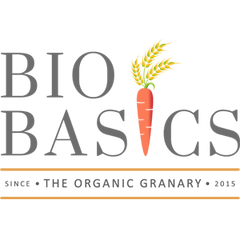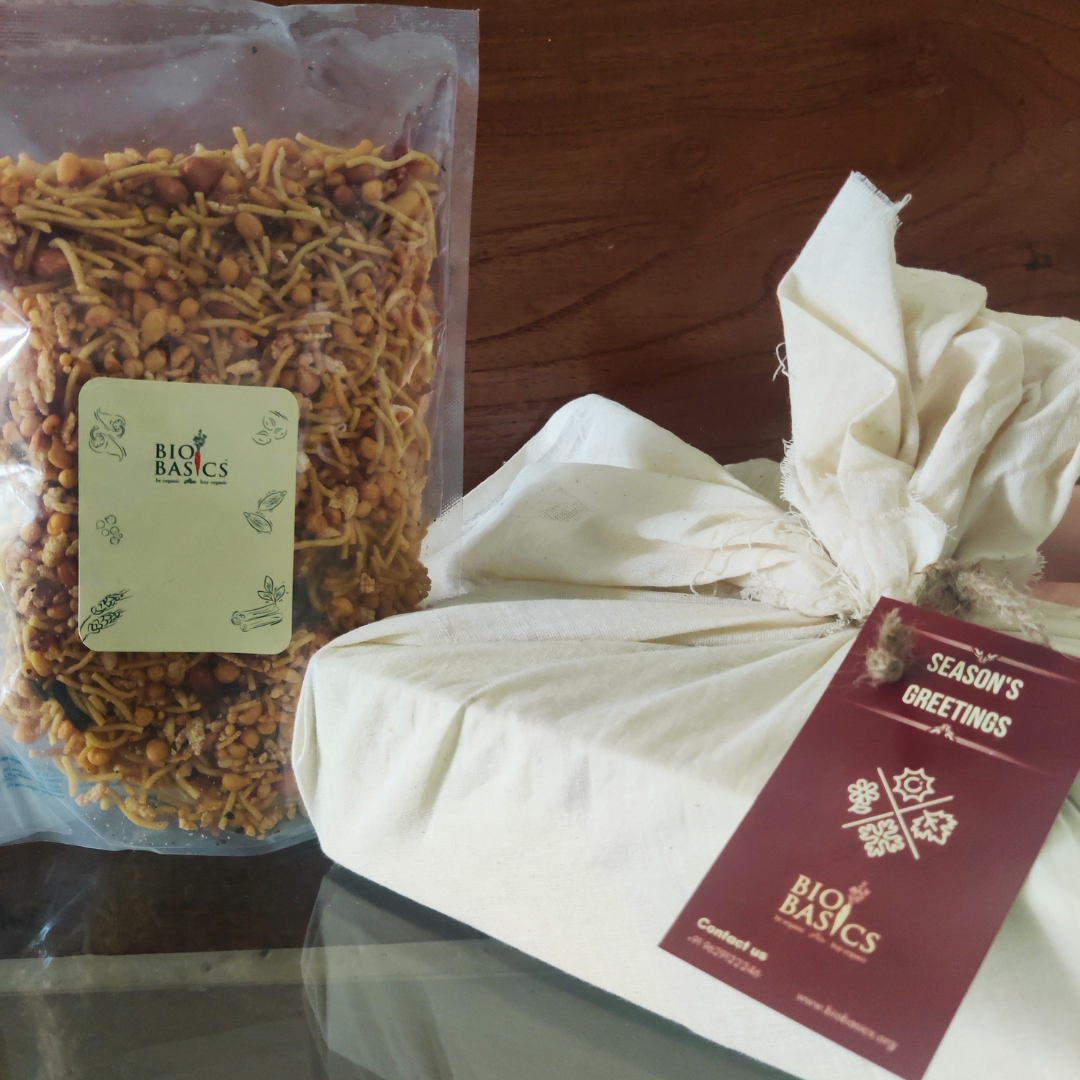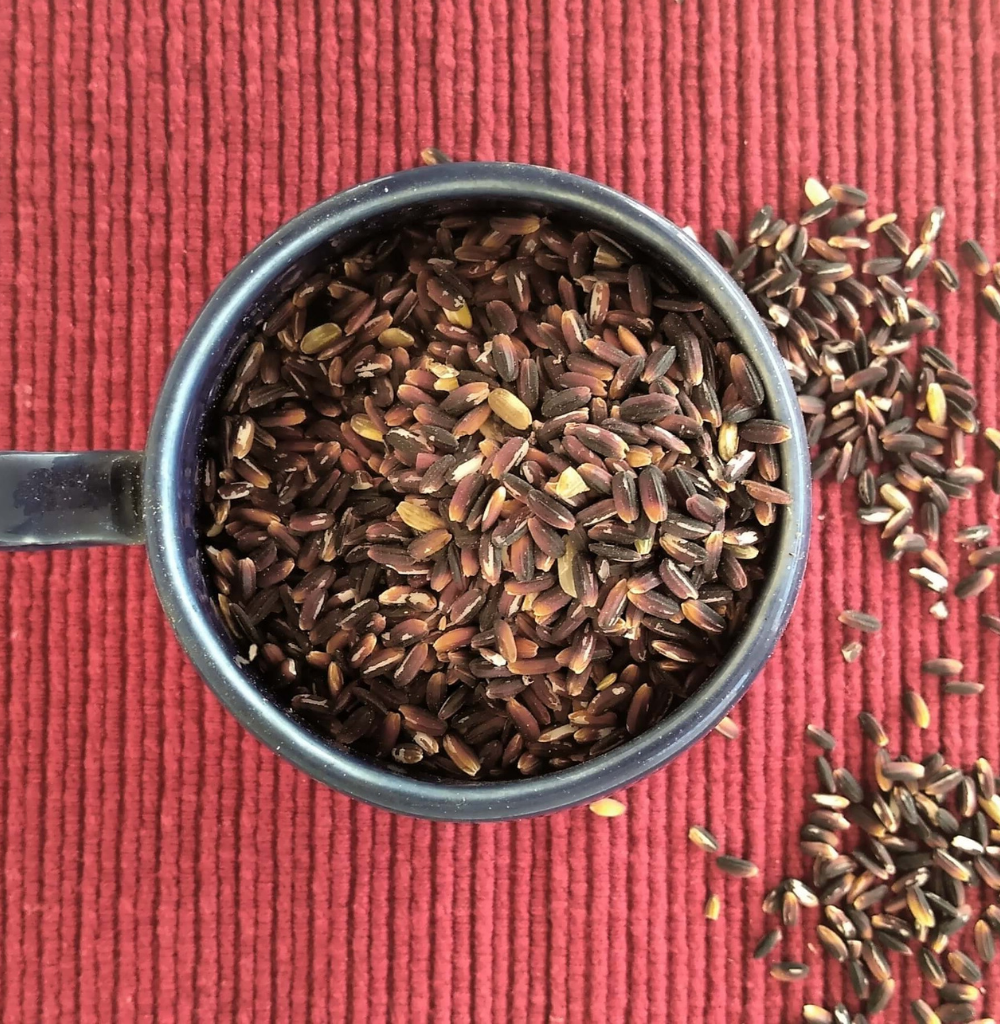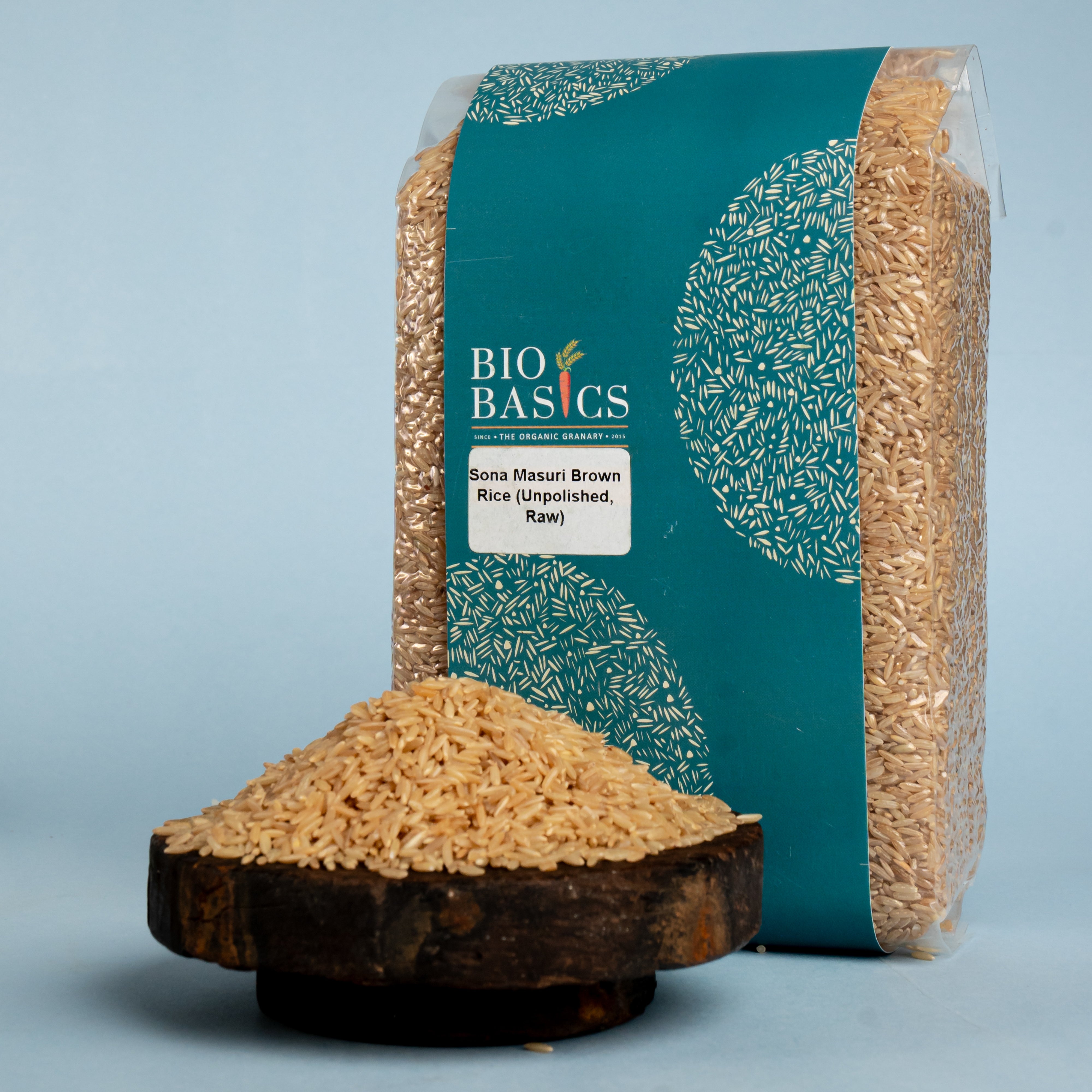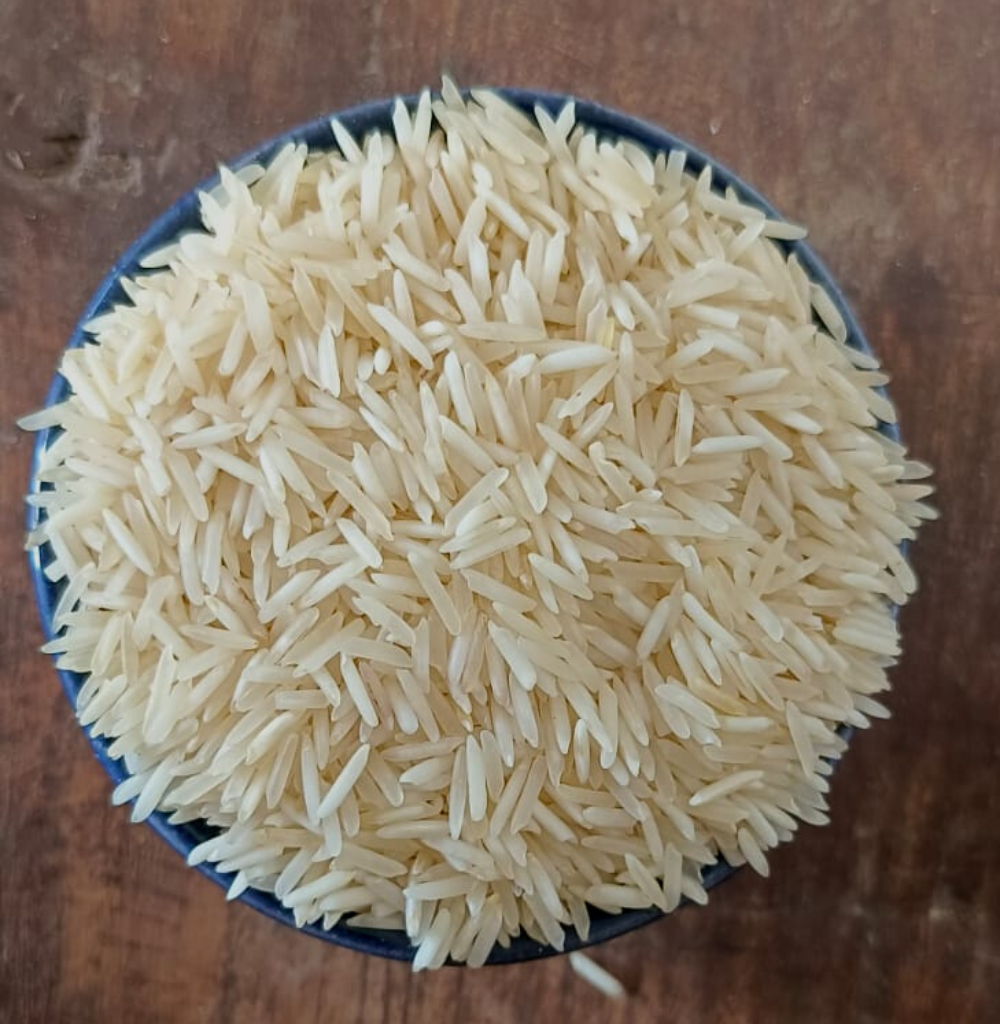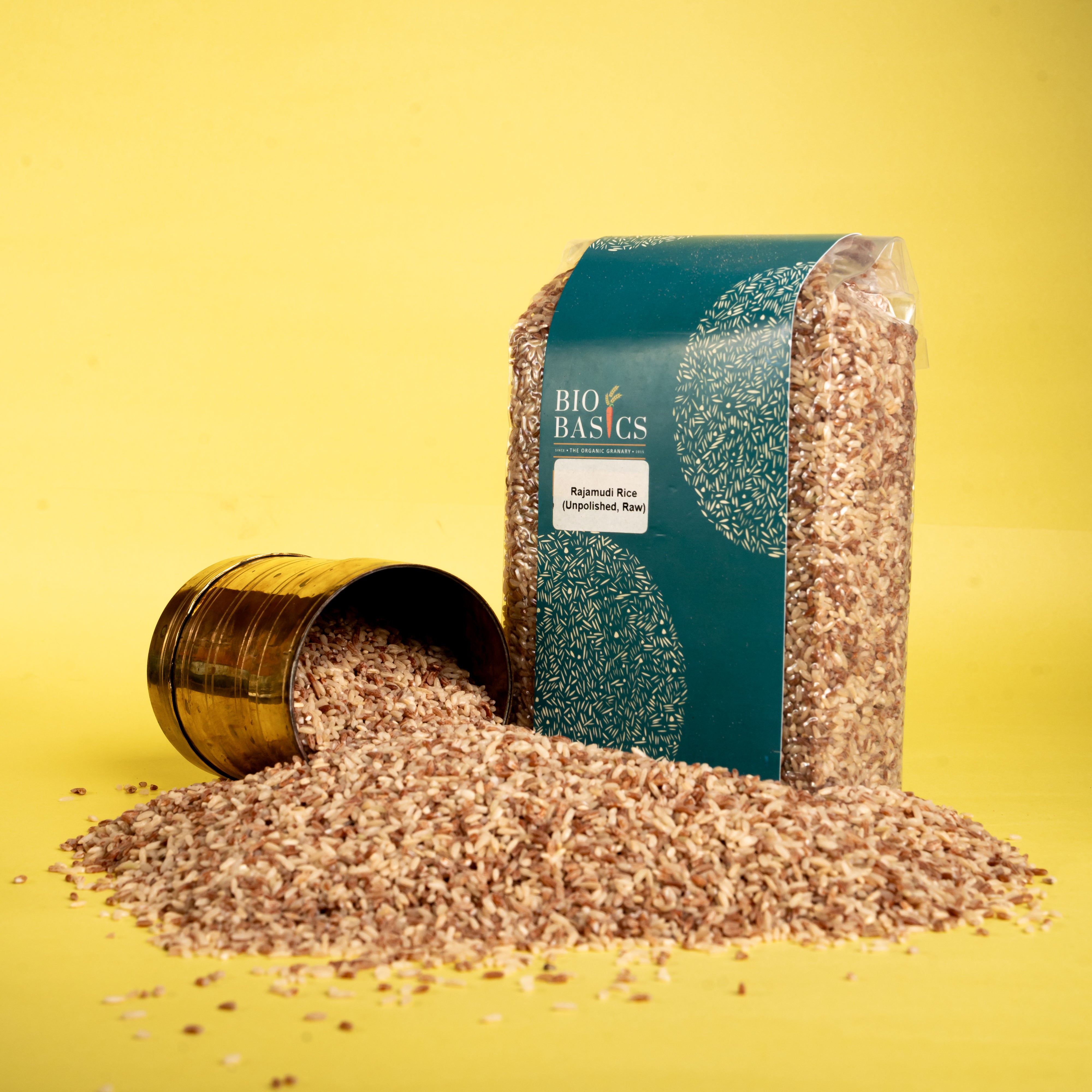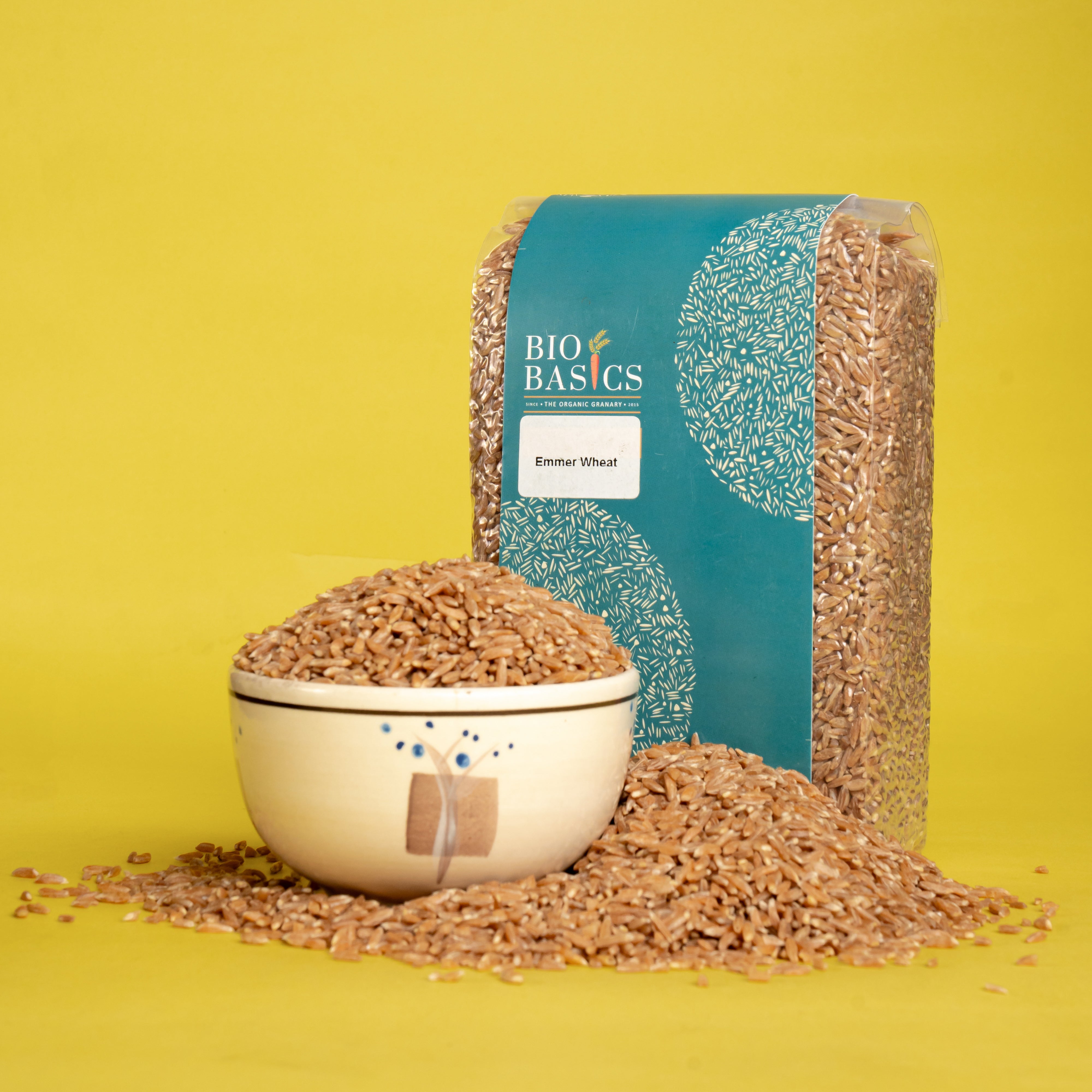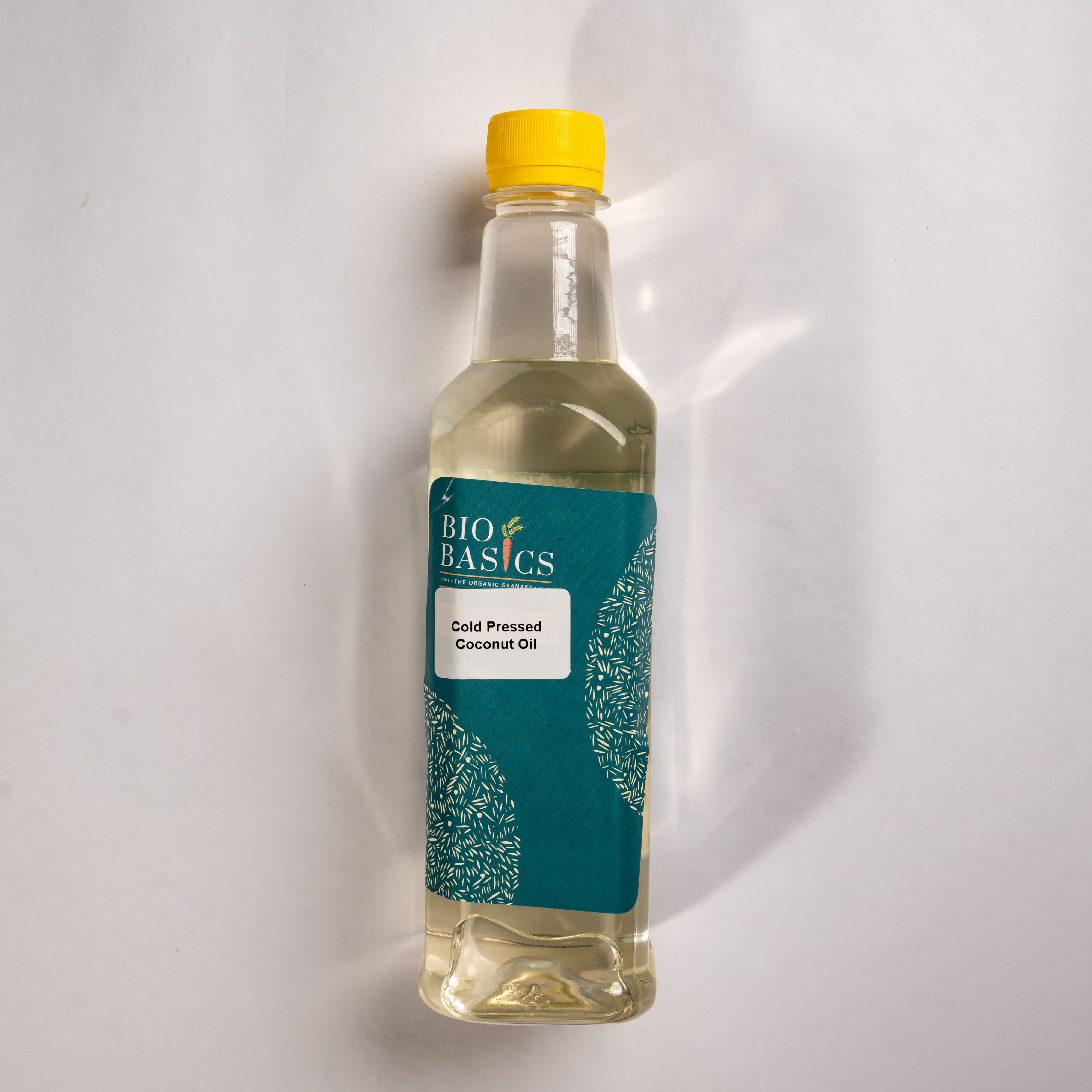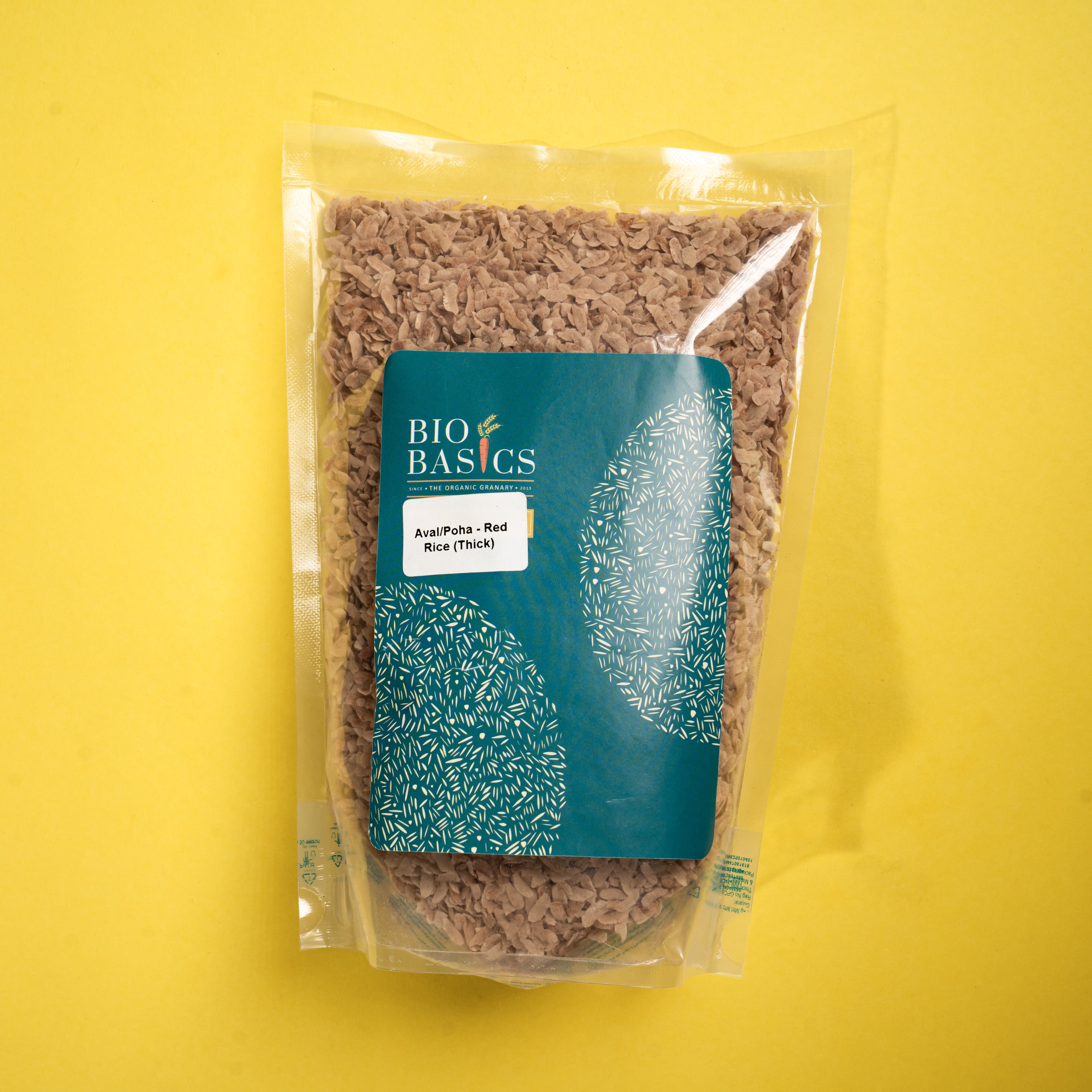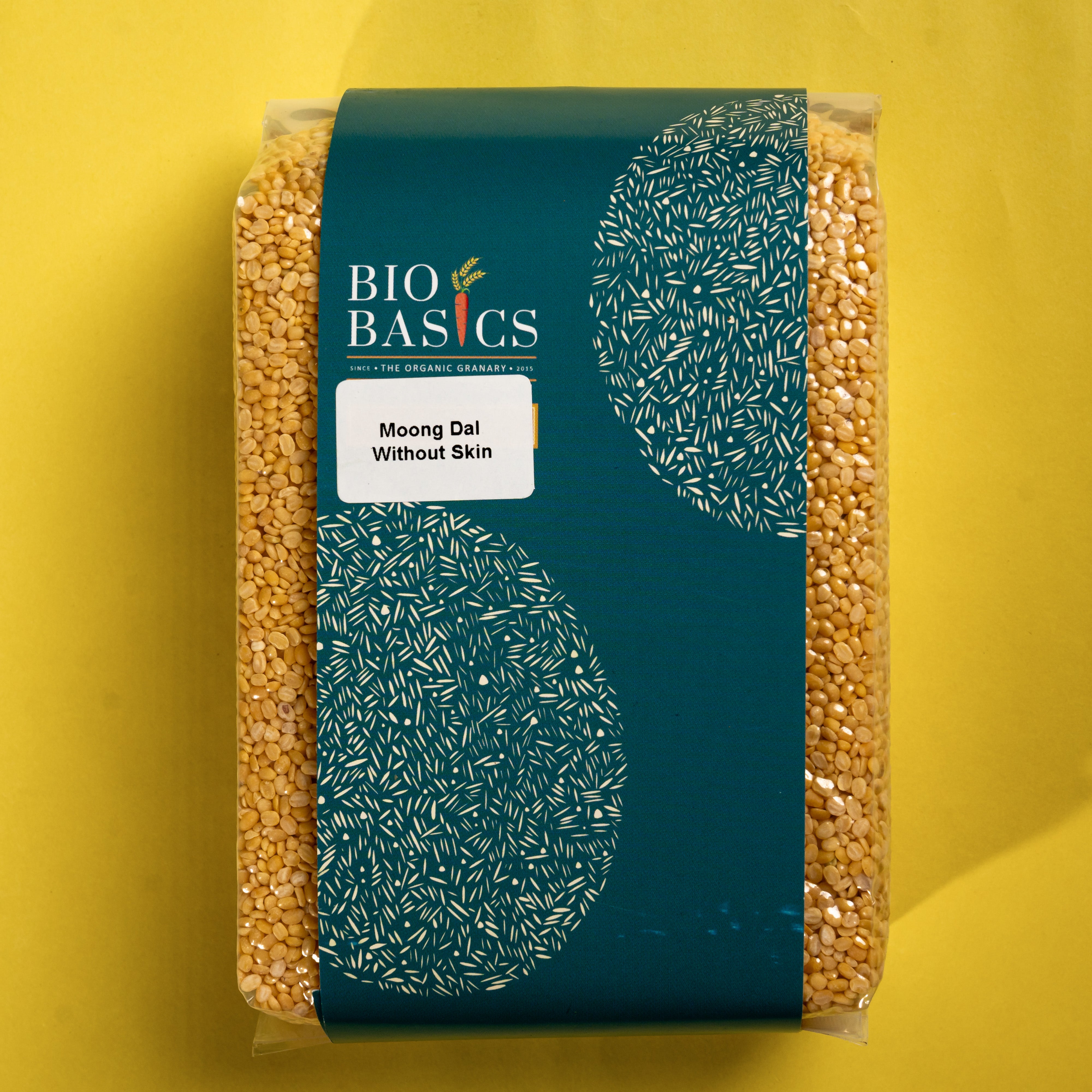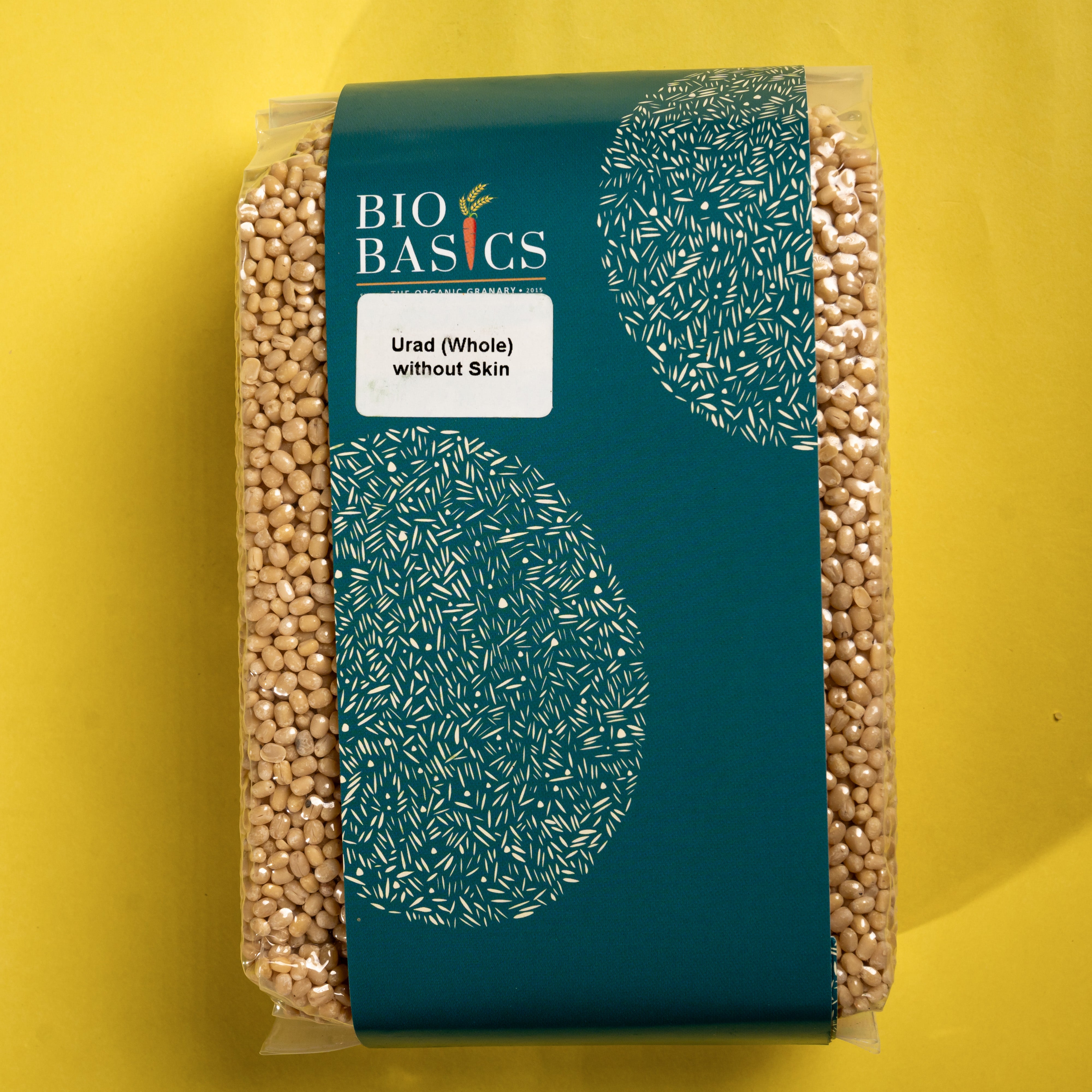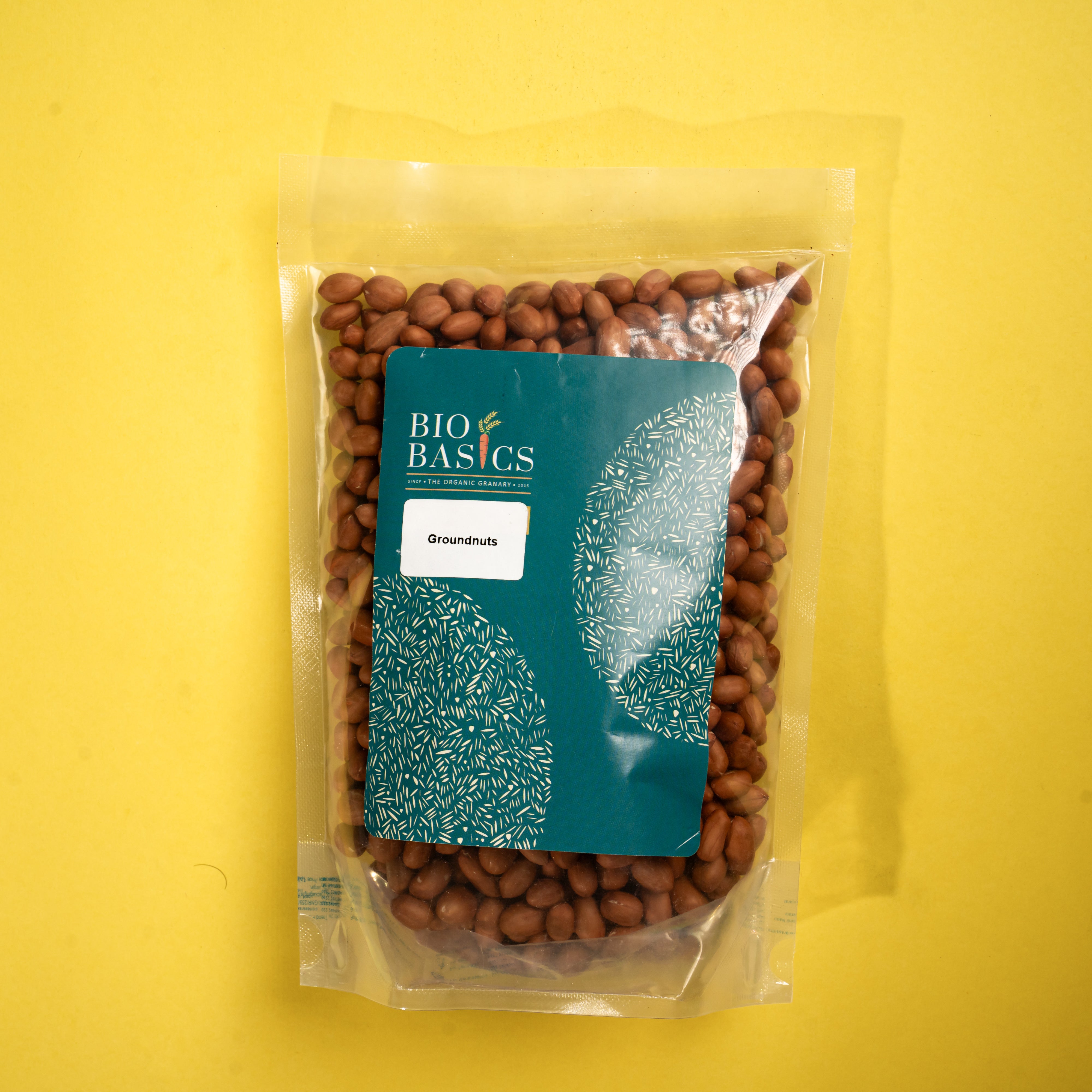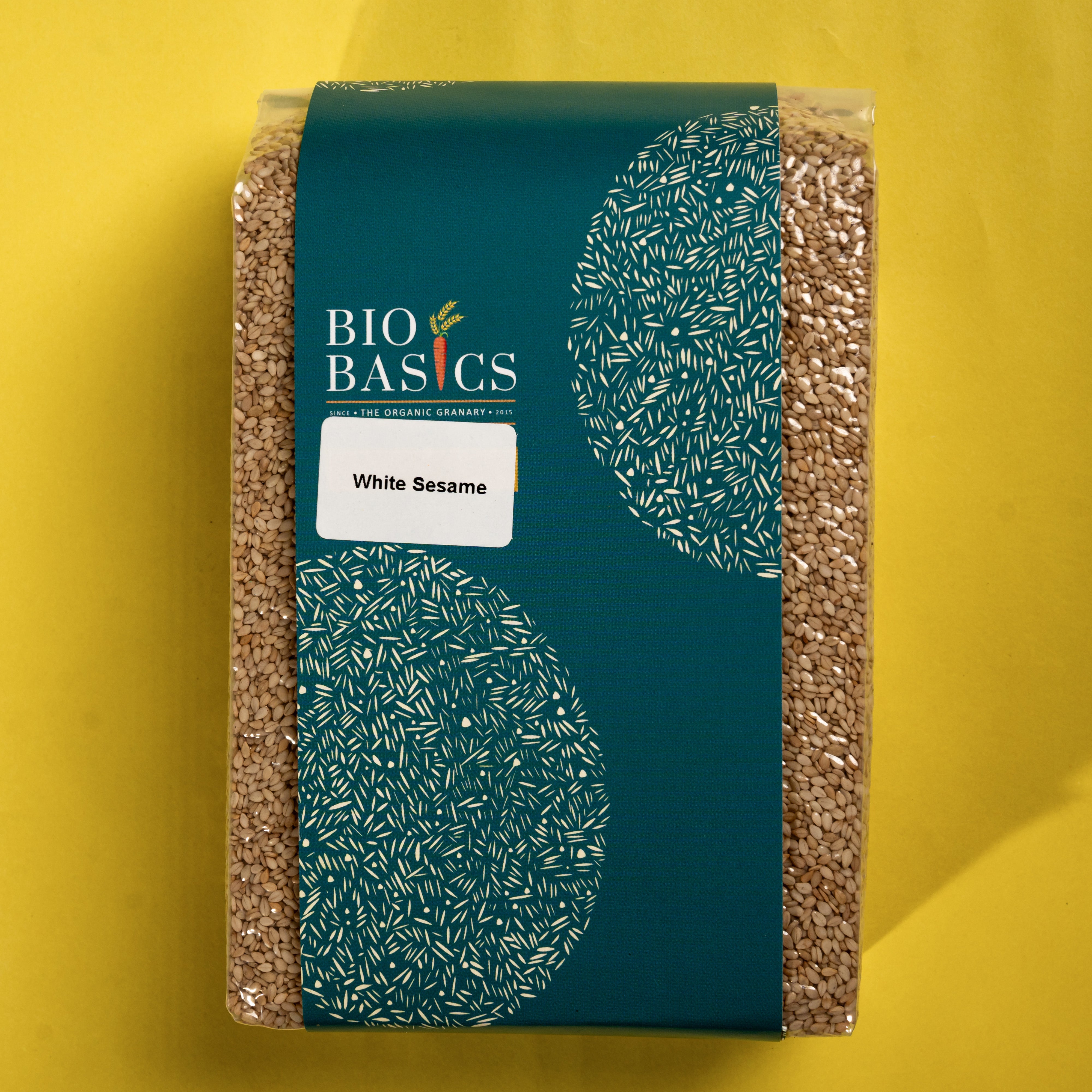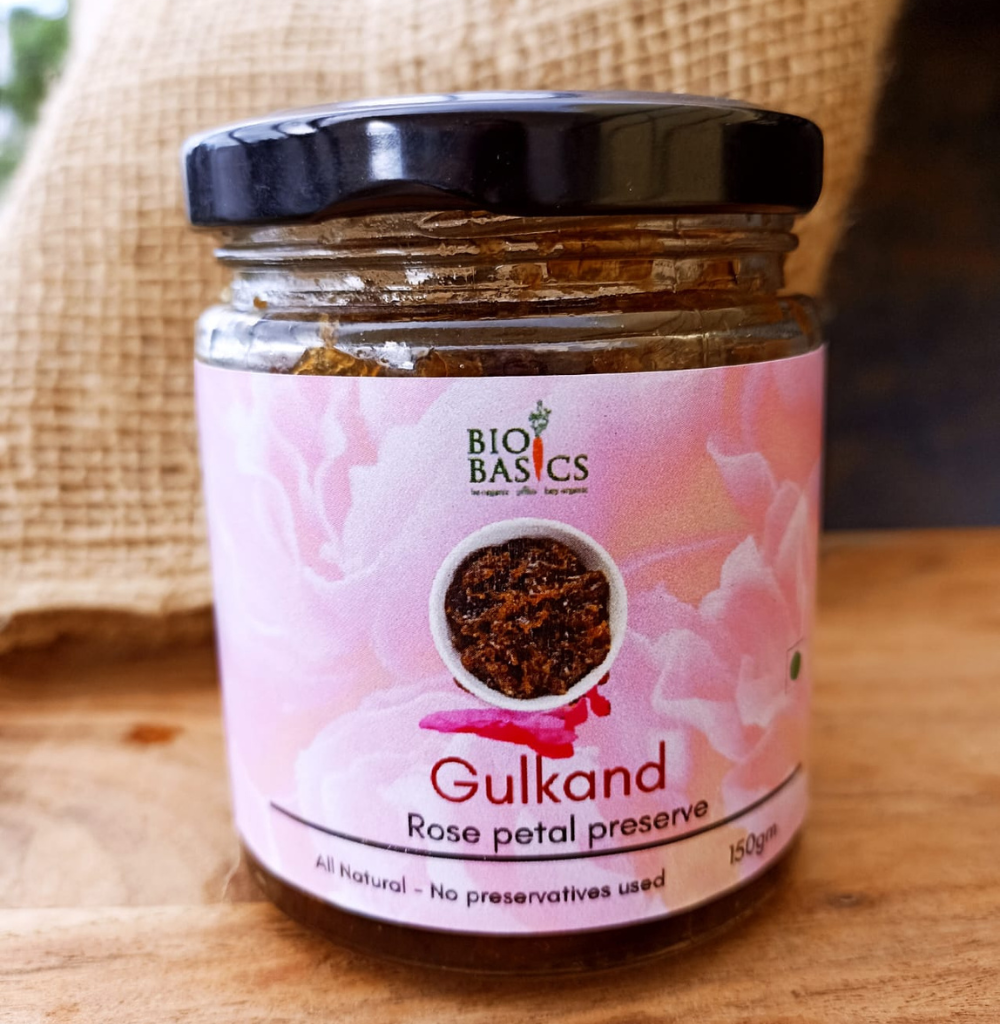Turmeric, Manjal, Haldi - the ubiquitous spice, superfood we just can't live without. There's so much more to this everyday yellow spice than what meets our eyes! Here's what our exploration into turmeric has taught us. Turmeric processing in a nuanced science! We are constantly awed when we pull back the curtains and see how much goes into making this common spice. Harvesting, boiling (in raw turmeric's case slicing), drying, grinding every step of the way is intensive, laborious and beautiful! We are just getting started. Stay tuned for a deep dive into turmeric, its varieties and the process... There's more to unravel in this tale of turmeric!

Talking turmeric part 1
In this land turmeric features as part of everything auspicious
From the yellow tika/namam on wedding invitations in TN to the plant tied to the pongal pot to the root used as the mangal sutra. The ubiquitous spice in Indian cuisine, the go to home remedy from insect bites to itches to sore throat in the medicine chest, A must have cosmetic and skin care aid, don't miss the yellow tinted skin of Tamil women on fridays
The most valuable, yet the least priced spice rhizome Curcuma Longa
Ranging from yellow to orange a spice that was and is unthinkingly used in Indian homes as dried & fresh root & powder Now tested & assessed for its curcumin content Judged for the quality of golden lattes it can make
Constantly improvised for enhancing it's curcumin content, colour & appearance size of the bulb and fingers All this because of its status as an export crop, especially for organic farmers

Much ado about curcumin
In the nutritional rush for breaking down every food crop into its components , turmeric has been reduced to curcumin...which is quite unfair to this rich spice which maybe contributing many micro elements to our body.
Sundararaman ayya, organic farming guru, friend & guide , indefatigable farmer & trainer says " when it comes to taste, Erode local is the best variety. High curcumin content reduces the cooking taste of the turmeric. However, we have all moved towards growing varieties with higher curcumin content as it determines the export value of our crop. "
He adds, "For us Indians, the higher curcumin content does not have much utility as turmeric is part of our everyday diet and we get enough curcumin through our diets even with a low curcumin variety "

Turmeric in our region
Coimbatore, Salem, Erode, Tirupur, Dharmapuri, Karur - the land of turmeric , almost every farmer has some land under this crop. The soil, the sun, the water considered most suitable for this crop.
Turmeric varieties from our region have cur cumin content ranging from 2.5% at the lowest to 4.5%. Traditional & new & coveted varieties of turmeric PTS series PTS 10, PTS 24, PTS 8 all from the Pottangi research station Orissa, Prathiba a Indian Institute of Spices Research (IISR) release with plump rhizomes
Eraiyur ( Salem local) a traditional land race from Salem
Erode local a traditional variety with small bulb & fingers, low curcumin but wonderful taste ,
BSR 1 & 2 - Bhavani Sagar releases of TNAU
Pragati- A short duration , high yielding variety from IISR
Suguna, Suvarna, Sudarshana -- improved varieties and many more...
Varieties with larger bulbs and fingers are more valued, those that are brighter in colour are ranked higher and accordingly farmers have moved from varieties like Erode local to PTS 10 . The PTS series is known for its curcumin content, colour and size. An eight to month crop with the tubers planted in June/July and harvested in February/ March So appropriately timed to enable the drying of the root in the hot summer to enable the drying, polishing, storing.
